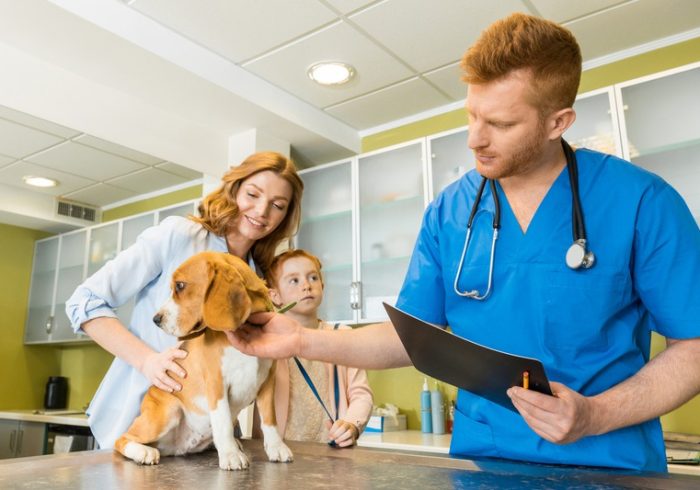Keeping our pets healthy and happy is a top priority, and that should include tending to their dental health. Pet dental health is often neglected, but it’s essential to understand the risks and dangers associated with bleeding gums in our furry friends.
This article will examine the consequences of dental disease, the relationship between periodontal disease and systemic health, and how to prevent and treat this common issue.
Periodontal Disease
Periodontal disease is a condition that affects the tissues supporting the teeth and is caused by inflammation. In its milder form, this disease is known as gingivitis which involves gum inflammation. However, if left untreated, periodontal disease can progress to more severe cases, including tooth root abscesses, bone infection of the jaw, and even pathologic fractures.
Proactively addressing and preventing dental disease can save your pet from these complications.
Relationship Between Dental Disease and Systemic Disease
Did you know that dental disease in pets can indirectly impact their overall health? That’s right – when our pets suffer from dental disease, oral bacteria can travel from the mouth to other body areas via their bloodstream. This spreading effect poses significant risks to their heart, liver, and kidneys, as these organs are particularly vulnerable to the harmful effects of oral bacteria.
Furthermore, research indicates that oral bacteria found in pets with dental disease can be linked to heart disease, including endocarditis and valvular disease. When pet dental issues go unsolved, the health of their liver, kidneys, and other vital organs can be negatively affected, leading to symptoms such as fever, weight loss, and decreased appetite.
Signs and Symptoms of Dental Disease
Bleeding gums serve as a crucial warning sign when it comes to pet dental health. However, it’s essential to be familiar with other symptoms that hint at dental diseases, such as bad breath and loose teeth. Additionally, be attentive to any systemic signs your pet may display, like weight loss or changes in their appetite.
This reputable site, www.newhopeanimalhospital.com/site/veterinary-services-new-hope/dentistry, offers a wealth of information and resources to better your pet’s dental health. You must learn dental care procedures and techniques to minimize complications and maintain a healthy mouth.
Screening for Dental Disease and Related Systemic Issues
A thorough veterinary evaluation, including a physical examination and blood tests, is required to detect and assess dental disease and its impact on your pet’s health. In more severe cases, your veterinarian may recommend further diagnostic tests to examine the heart, liver, or kidneys.
Prevention and Treatment of Dental Disease
The best way to ensure your pet’s dental health is through a combination of home and professional dental care. This can range from daily tooth brushing to providing dental chews and rinses that help minimize oral bacteria. Your pet may undergo a comprehensive oral health assessment, dental radiography, and possibly extractions or advanced dental procedures at the vet.
Antibiotics can also be prescribed as an adjunct to dental treatment, reducing bacterial buildup in the mouth and bloodstream. Some dental conditions, such as tooth extractions, may require surgery. www.newhopeanimalhospital.com/site/veterinary-surgery-new-hope is an excellent resource to learn more about pet surgery and how it can help address your pet’s dental health needs.
Anesthesia and Dental Procedures
While anesthesia is almost always necessary for dental procedures on pets, it can present certain risks, especially when the animal is already dealing with systemic disease. In such cases, a referral to specialists or additional pre-anesthetic diagnostics might be required to ensure the safety and well-being of your pet during the procedure.
Alternative treatment options may be explored for cases where pets cannot undergo dental procedures. One such option is cold laser therapy, which can provide relief from pain and inflammation without the need for surgery or anesthesia. To learn more about this pet treatment, visit this site www.newhopeanimalhospital.com/site/veterinary-services-new-hope/cold-laser-therapy.
The Takeaway
Our pets’ dental health is as crucial as our own. Understanding the risks and dangers of bleeding gums can empower you to take proactive measures in preventing and treating dental disease in your furry companion. With proper home and professional dental care, we can ensure our pets maintain their bright, healthy smiles and lead happier, healthier life.




